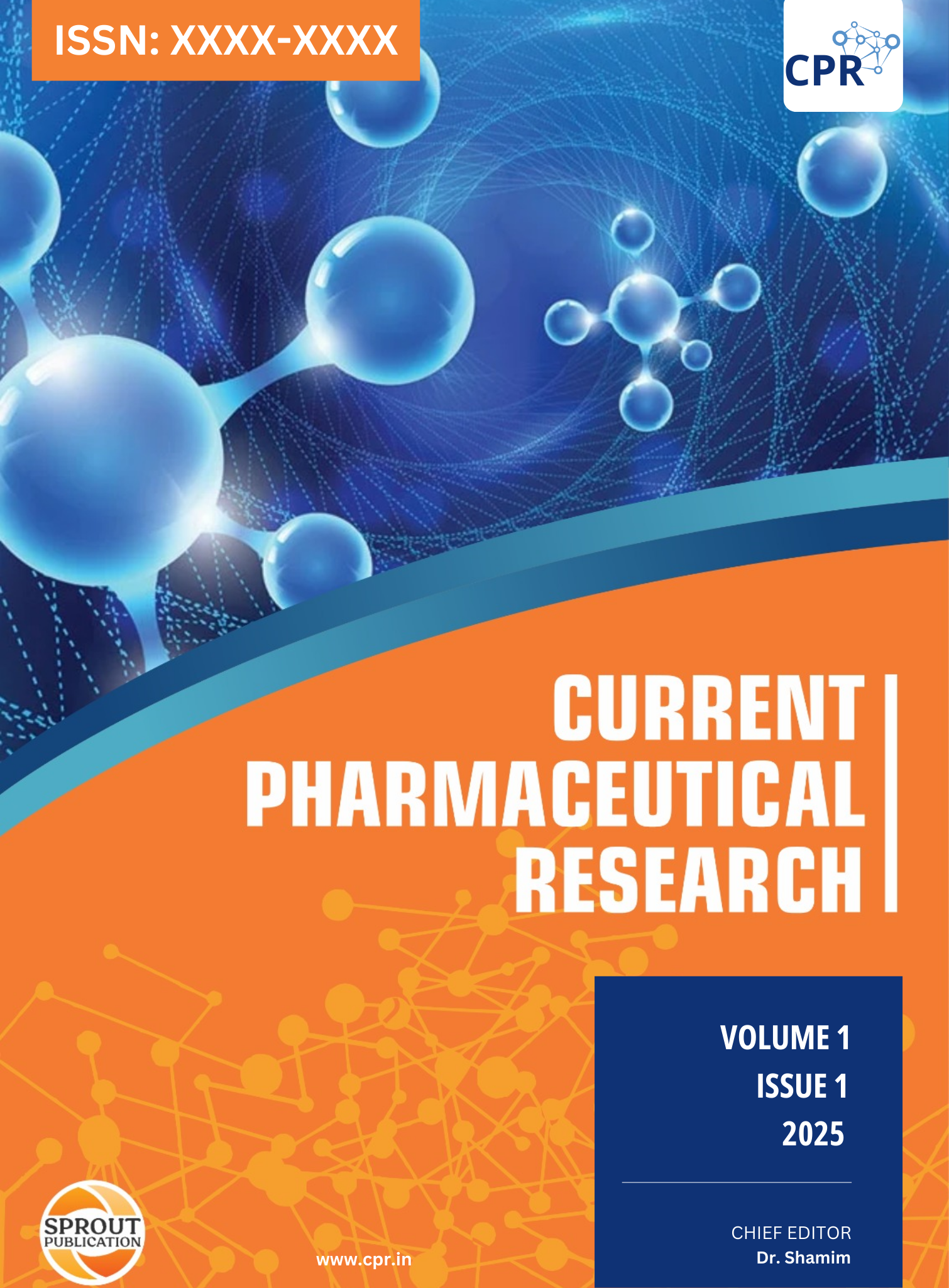Revolutionizing Antimicrobial Therapies Through Biofilm-Targeted Nanomedicine
Keywords:
Biofilm-targeted nanomedicine, Antimicrobial therapies, Nanocarriers, Quorum-sensing inhibition, Personalized medicine, Drug delivery systemsAbstract
Revolutionizing Antimicrobial Therapies Through Biofilm-Targeted Nanomedicine. Biofilmassociated infections pose significant challenges to traditional antimicrobial therapies due to their inherent resistance mechanisms and protective extracellular matrix. Nanomedicine offers transformative solutions by providing innovative strategies to target, penetrate, and disrupt biofilms effectively. Recent advancements in nanotechnology have enabled the development of multifunctional nanocarriers, hybrid nanoparticles, and stimuli-responsive systems designed to enhance drug delivery and reduce bacterial resistance. These systems facilitate precise targeting of biofilms, leveraging mechanisms such as enzyme-mediated degradation, quorum-sensing inhibition, and environment-responsive drug release. Furthermore, personalized medicine approaches, integrating pathogen-specific diagnostics and AI-driven optimization, hold promise for tailoring treatments to individual patient needs. Despite these breakthroughs, challenges such as toxicity concerns, scalability, and regulatory hurdles remain. Overcoming these barriers through interdisciplinary collaboration and continued research is essential to translate nanomedicine from laboratory success to clinical application. This paradigm shift in antimicrobial therapy has the potential to revolutionize the treatment of biofilm-related infections, significantly reducing global healthcare burdens and improving patient outcomes.
Downloads
Published
Issue
Section
License

This work is licensed under a Creative Commons Attribution-NonCommercial 4.0 International License.


